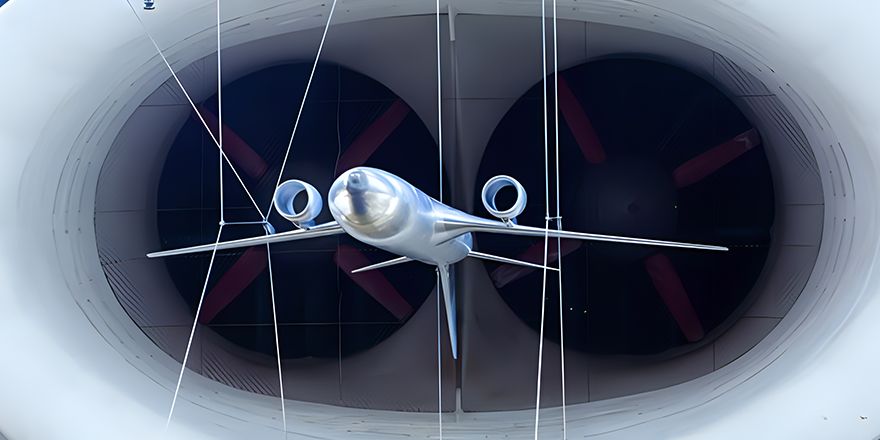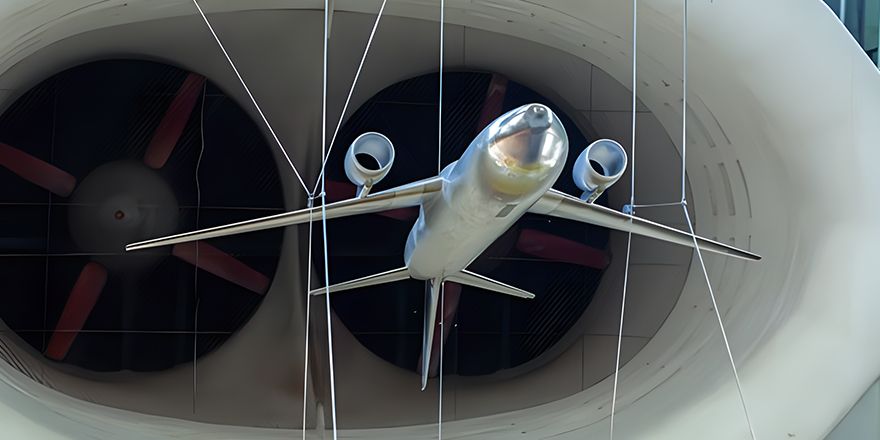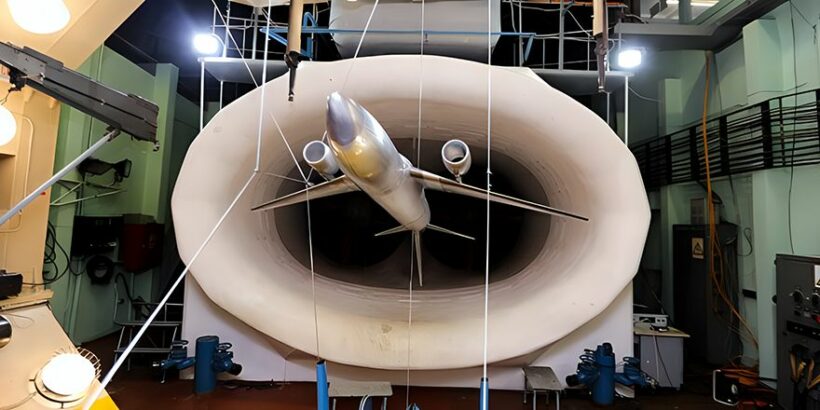Study of the efficiency of alternative long-range aircraft layouts is the main task of the research work “Study of the efficiency of non-traditional aerodynamic schemes of long-range aircraft (MS) taking into account the use of new technologies and alternative fuels”. The research work code is “Integral-MS”, within the framework of which the Central Aerohydrodynamic Institute develops and compares aerodynamic schemes of long-haul aircraft designed to carry 220-250 passengers at a range of 8,000-9,000 km.
Integral aerodynamic layouts for long-haul aircraft provide a wide range of possibilities for increasing passenger capacity, accommodating additional volumes of fuel and electrical equipment within the framework of electric propulsion technologies. Innovative aerodynamic layouts for transport category aircraft have not been developed to date either in Russia or abroad. However, in combination with new composite airframe designs, innovative layouts can realise their advantages.
Region-Integral and Magistral-Integral – promising passenger aircraft projects
In 2020, the Russian Ministry of Defence prepared tactical and technical requirements for a prospective military transport aviation complex (PAK VTA). PJSC Il is in charge of creating the advance design. The Terms of Reference require to take into account in its development the previous development work of Ilyushin as the lead design bureau of the Transport Aviation Division, including the Myasishchev Design Bureau’s (JSC “V.M.Myasishchev Experimental Machine-Building Plant”) work on the development of the M-60 military transport aircraft, the fuselage of which was planned to be oval-shaped.
At present, TsAGI scientists are studying various variants of promising long-range aircraft of both the classical scheme and integral in three potential configurations: MC-1 – the classical layout with a fuselage in the shape of a circle, MC-2 and MC-3 – have oval fuselages and differ in the location of the wing, said the press service of the institute.

The MS-3 layout is characterised by an integral swell between the wing consoles and the fuselage, which improves aerodynamic quality and load-bearing properties at low speeds, reducing the required runway length. The oval fuselage of the MC-2 and MC-3 also reduces fuel consumption and increases passenger capacity, providing greater comfort and spaciousness. The aircraft will also have a larger lower deck to accommodate more cargo.
To achieve this goal, TsAGI specialists developed and produced a combined aerodynamic model to test all three configurations. This model was tested in a low-speed wind tunnel, where experiments were conducted at a speed of 50 m/s at angles of attack and glide. The experimental results showed the aerodynamic performance of each configuration and the control performance of the altitude and direction rudders.
Comparative analysis showed that despite the lack of fundamental differences in aerodynamics from the classical scheme at low speeds, the MS-3 variant demonstrated more favourable load-carrying and moment parameters. At the next stage, TsAGI scientists will test the combined model in a transonic wind tunnel at cruising flight modes.

“As a result of preliminary work, we have formed the aerodynamic layout of the prospective mainline aircraft, which allows us to achieve higher technical and economic performance compared to existing solutions. This is certainly relevant to ensure the availability of air travel in our country,” commented Alexander Krutov, a researcher at the Centre for Complex Integration of Technologies of TsAGI FAU, to the Russian Aviation website.
According to him, scientists of the institute will continue research and testing to form a technological foundation for the future of domestic civil aviation. The aircraft will provide more efficient and comfortable solutions for passengers and airlines operating such aircraft.


